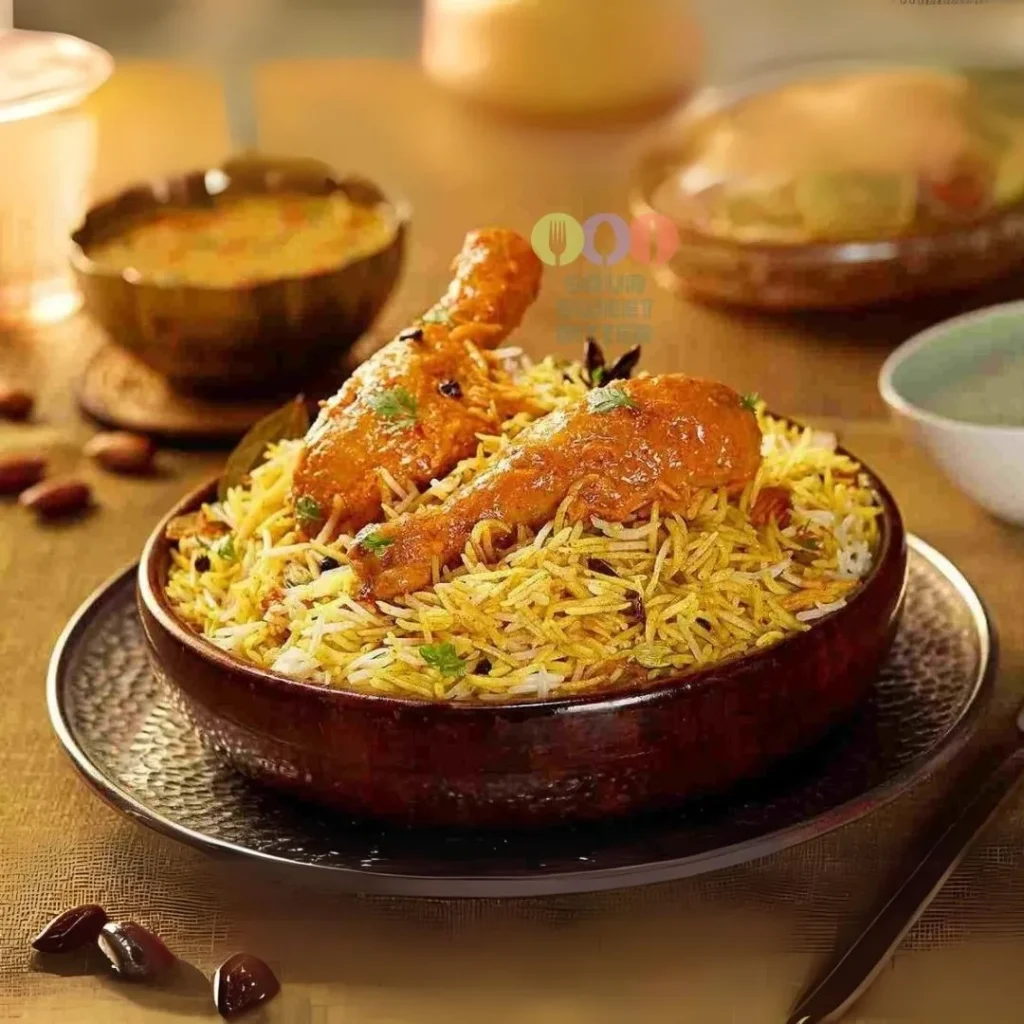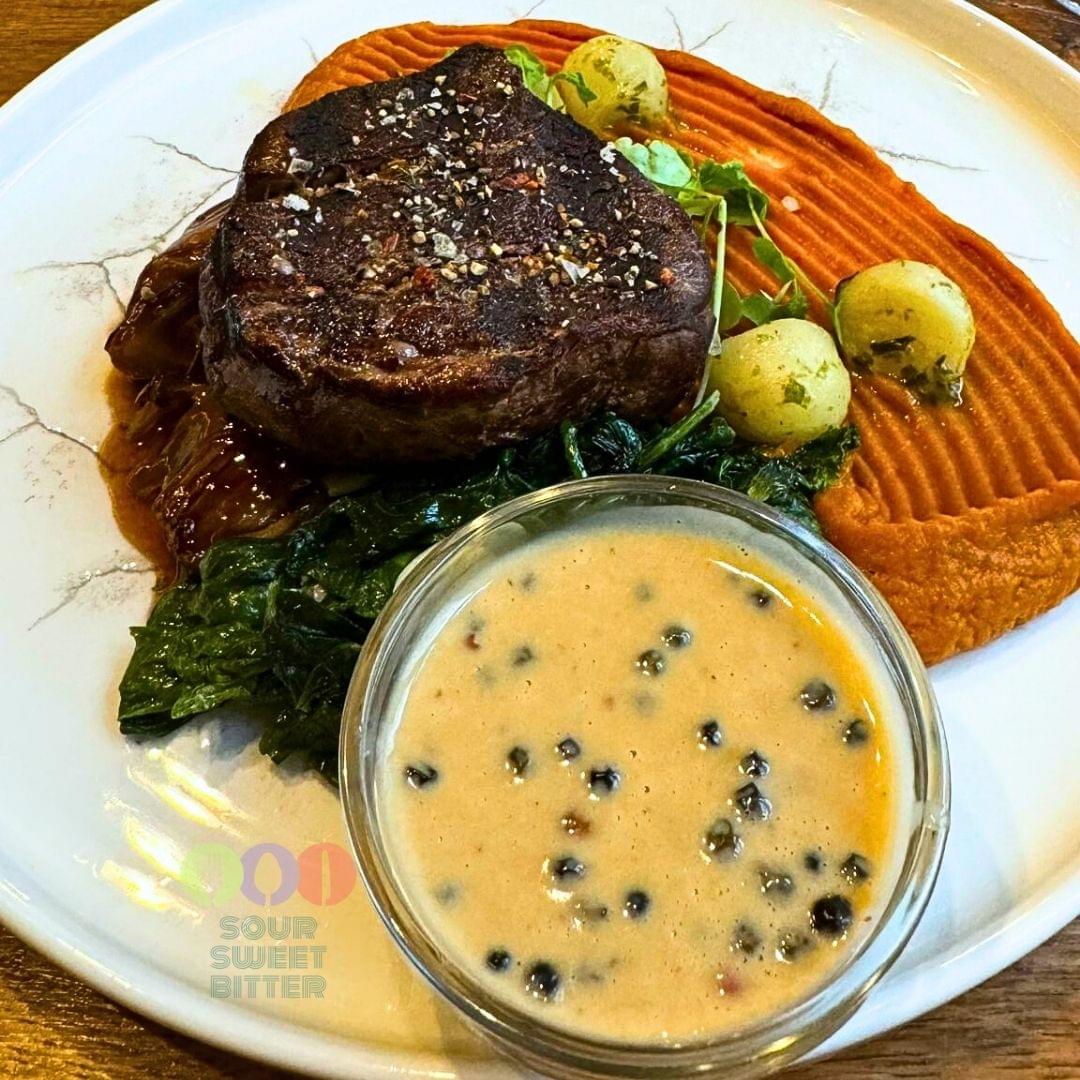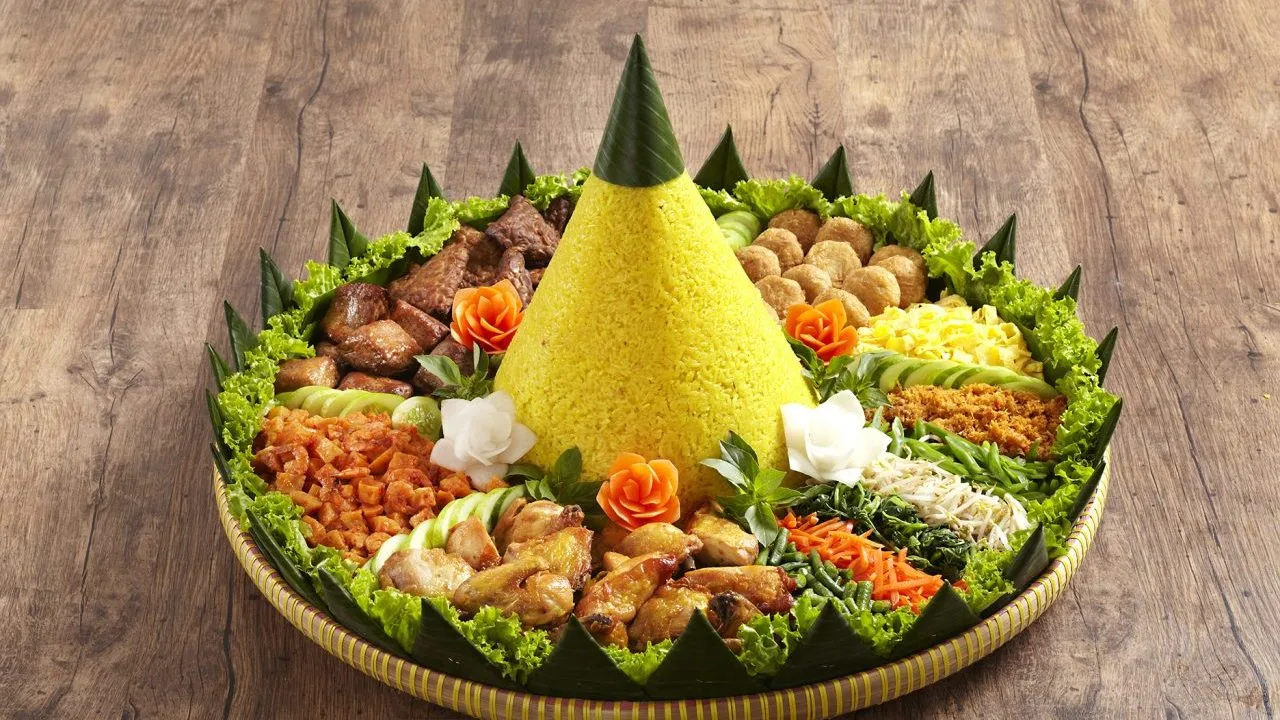The Timeless Journey of Indian Biryani: A Story of Taste and Tradition
Biryani—a dish that embodies the richness of Indian cuisine and culture. This fragrant and flavorful rice dish holds a cherished place in kitchens and hearts worldwide. But where did it all begin? Let’s uncover the fascinating history and timeless tradition of this iconic preparation.
Royal Origins and Culinary Evolution
The story of this beloved dish is as vibrant as its flavors. Persian travelers and merchants are believed to have introduced it to India. The name ‘Biryani’ comes from the Persian word ‘Birian,’ meaning ‘fried before cooking.’ During the Mughal era, it rose to prominence, becoming a royal delicacy served at lavish feasts.
Diverse Flavors Across India
India’s incredible diversity is beautifully reflected in the various styles of this culinary masterpiece. Each region adds its own unique twist, creating beloved variations:
- Hyderabadi Style: Bold and spicy, cooked with a layered method.
- Lucknowi (Awadhi) Style: Mild and aromatic, prepared using the Dum Pukht technique.
- Kolkata Style: Includes boiled eggs and potatoes, influenced by Nawab Wajid Ali Shah.
- Malabar Style: A coastal specialty from Kerala with subtle coconut notes.
The Spice Symphony
The soul of this dish lies in its spices. A skillful mix of saffron, cardamom, cinnamon, cloves, and star anise transforms simple rice and meat or vegetables into a culinary masterpiece. Perfecting this balance reflects a chef’s expertise and honors traditions passed down through generations.
Mastering the Layers
Cooking this iconic preparation is a craft. Layers of rice, meat, and spices are meticulously arranged to create a harmony of flavors. Slow cooking enhances the aroma and ensures every bite bursts with richness and depth.
A Global Culinary Icon
Although rooted in India, its appeal knows no boundaries. From the Arabian Gulf to Southeast Asia, regional adaptations carry Indian heritage while catering to local tastes.
A Celebration on Every Plate
This dish is much more than food; it’s a celebration on a plate. Whether for weddings, festivals, or family gatherings, it unites people, spreading joy and fostering togetherness.
Preserving a Culinary Legacy
Despite modern cooking innovations, traditional methods of preparing this classic remain cherished. Chefs and home cooks worldwide strive to preserve the authenticity of this iconic dish, ensuring its legacy endures.
Explore the magic of this legendary dish—one that narrates a story, celebrates culture, and delights your senses with every flavorful bite.
Discover Traditional Indian Recipes Discover Traditional Asian Recipes You may like this also: Filipino Bulalo
Indian Biryani
Ingredients
For Marinating the Meat:
For Rice:
For Biryani:
Instructions
Marinate the Meat:
-
In a bowl, mix the meat with yogurt, ginger-garlic paste, red chili powder, turmeric powder, garam masala, salt, and lemon juice.
-
Cover and let it marinate for at least 1 hour (preferably overnight for a richer flavor).
Prepare the Rice:
-
Bring 4 cups of water to a boil in a large pot. Add the bay leaf, cloves, cardamom, cinnamon stick, and salt.
-
Add the soaked rice and cook until it is 70% cooked (the grains should still have a slight bite). Drain the rice and set it aside.
Cook the Meat:
-
Heat ghee or oil in a large pot. Add sliced onions and fry until golden brown. Remove half of the onions for garnishing later.
-
Add tomatoes and green chilies to the remaining onions in the pot. Cook until tomatoes turn soft.
-
Add the marinated meat to the pot and cook on medium heat until the meat is almost cooked and the oil begins to separate.
Layer the Biryani:
-
In a separate bowl, mix the saffron with milk.
-
In the pot with the cooked meat, layer half of the partially cooked rice over the meat. Sprinkle half of the chopped coriander and mint leaves over the rice.
-
Add the remaining rice and sprinkle the rest of the mint and coriander leaves. Drizzle the saffron milk and biryani masala powder over the top. Add the fried onions.
-
Cover the pot with a tight-fitting lid. Cook on low heat (preferably using a heavy-bottomed pan) for about 20-25 minutes, allowing the steam to cook the rice fully and blend the flavors.
Serve:
-
Once done, fluff the rice with a fork. Serve hot, garnished with fried onions and a side of raita or salad.
-
Your traditional Indian Biryani is ready. Khush Raho!













